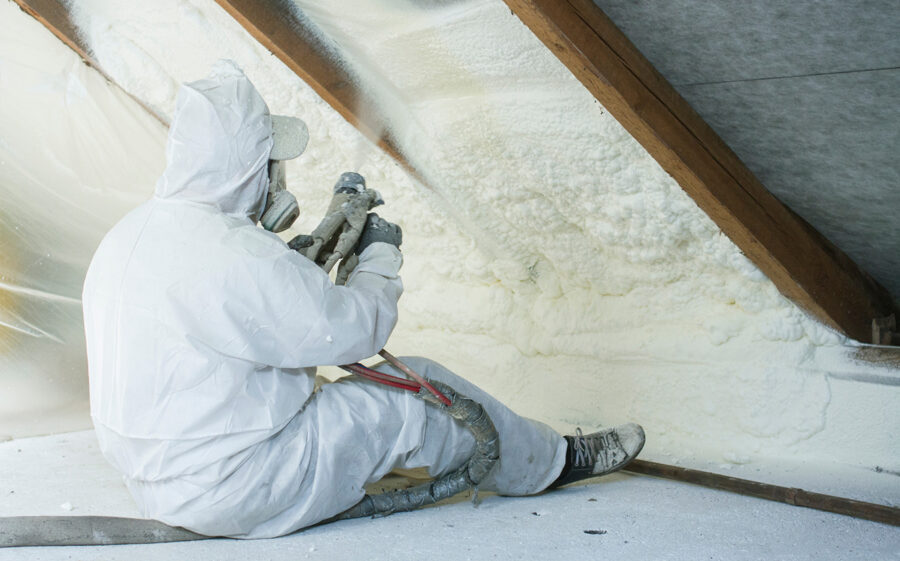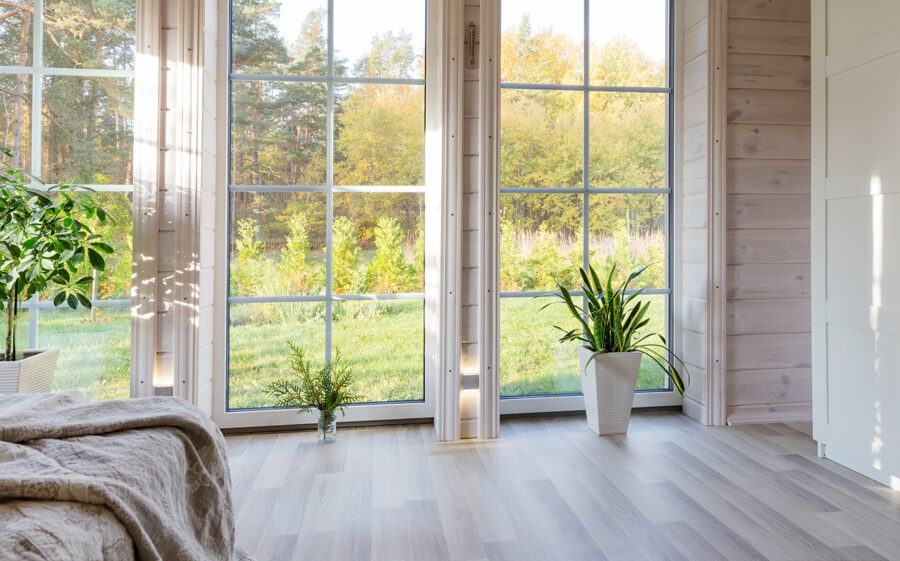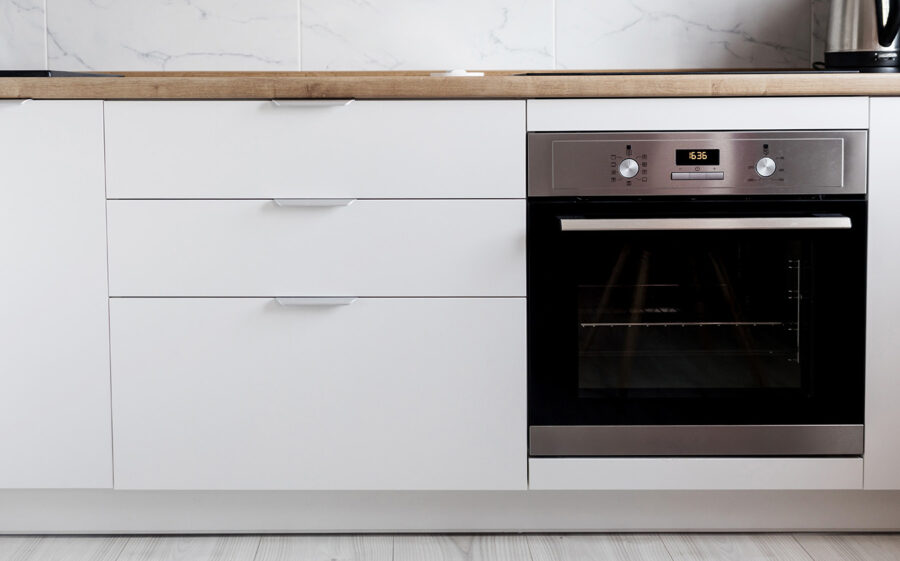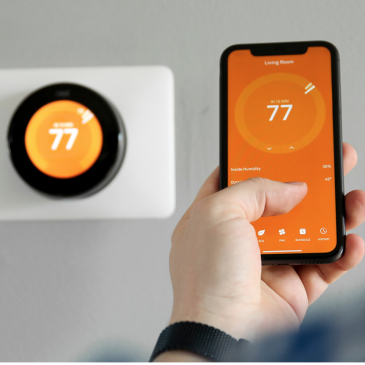
These “green” retrofits benefit your budget and the planet.
The good news: Whether you’re considering an energy-efficient retrofit of your home because you want to save money or because you want to help slow climate change, every improvement you make will help your cause.
The not-so-good news: When you sit down to plan your green retrofit, you won’t find a one-size-fits-all answer. Because your home is unique, you need a customized energy plan that takes into account the building itself, the climate in which you live, and a plan that factors in whatever work you’ve already done to reduce energy needs.
To assess your needs, call in the experts. Through your state’s energy department or local utility, you can request an assessment by a professional energy auditor. The audits will either be free or cost a low fee that will be paid back when you follow through with some of the energy-saving recommendations. (If the state charges for audits or subcontracts private inspectors for the job, the federal government will reimburse you for the fee up to $150.)
Some compelling financial considerations may boost your personal energy to make changes right now: A sizable portion of the money provided to states by the 2022 infrastructure bill is earmarked for homeowners doing this kind of work. Your state’s energy department website will list the incentives offered and help you find what aid you’re eligible for. Energy Star’s website offers a rebate finder where you punch in your zip code to find what federal rebates are available to you, too. That’s a whole other kind of green incentive!
Now that the auditor’s report has indicated which projects to tackle first and you’ve researched what financial boost you can get from the government, it’s time to locate a contractor who is as excited about energy efficiency as you are. Using your energy assessment as a road map, you can make some changes to create a better, more affordable and efficient home.
Even though your long-term action plan will be specific to your house, here’s a list of some essential energy-saving ideas that will probably appear on your energy auditor’s list of recommended steps.
The warm fuzzies 
You know what’s not sexy? Insulation. Telling your friends about some shiny new technology you’re installing may trump bragging about insulation, but the truth is that insulation works. Simply installing insulation in your basement, attic, and inside your walls converts your home into one that requires less cooling and heating. Your energy costs will go down. See? Hot, but not sexy. (If your home is already insulated, hooray, but you may want your contractor to conduct an infrared scan to check for any gaps in your fluff coverage.)
Thanks to the Inflation Reduction Act (IRA), beginning this year, homeowners can claim up to $1,200 in tax credits every year when they make certain energy improvements like insulation and window replacements.
Clear progress
Think of windows as holes punched into your cozy, insulated home: Without proper sealing, cold outside air seeps in through the gaps all winter and your lovely air-conditioned air flows out in the summer. Caulk and weatherstripping can provide a start to climate proofing your home, but to keep your energy — heated or cooled air — from being lost, consider upgrading your old windows and doors to ones with the Energy Starrating that aligns with your location. You could lower your energy bills up to 12% and any cost can be softened by applying that IRA energy tax credit.
Pump it up

The term ‘heat pump’ needs a re-do, the kind of rebranding that transformed crabapples into lady apples. These energy-efficient machines are not just about heat: In fact, they replace both your home’s air conditioner and your furnace, plus they don’t contribute to greenhouse gasses the way the older systems do. On average, heat pumps can save you 30% on your power bill, while keeping you cozy in winter and comfortably cool in summer. And there’s more: The IRA allows for reimbursements of up to $2,000 for installing a heat-pump system (plus up to $4,000 more to upgrade your home’s electrical system to support the heat pump).If you currently use window AC units and baseboard heat, a mini-split heat pump is the answer for your needs. Mini-splits, small units installed high on an outside wall or on the ceiling and linked to a larger unit outside, provide your home with comfortable heated or cooled air, and they free up your windows to provide, you know, light and views. Mini-splits are quiet and easy to control (you can use a phone app to adjust some of them).
If your house has central heat and air conditioning, that existing ductwork can be used to supply the clean warm or cool air generated by a new, super-efficient air source heat pump (ASHP) system. No more fuel deliveries, no more fear of carbon monoxide leaks. Just some serious savings on your energy bill every month.
Big shiny changes

As reported by Inhabit by ANN SHIELDS

